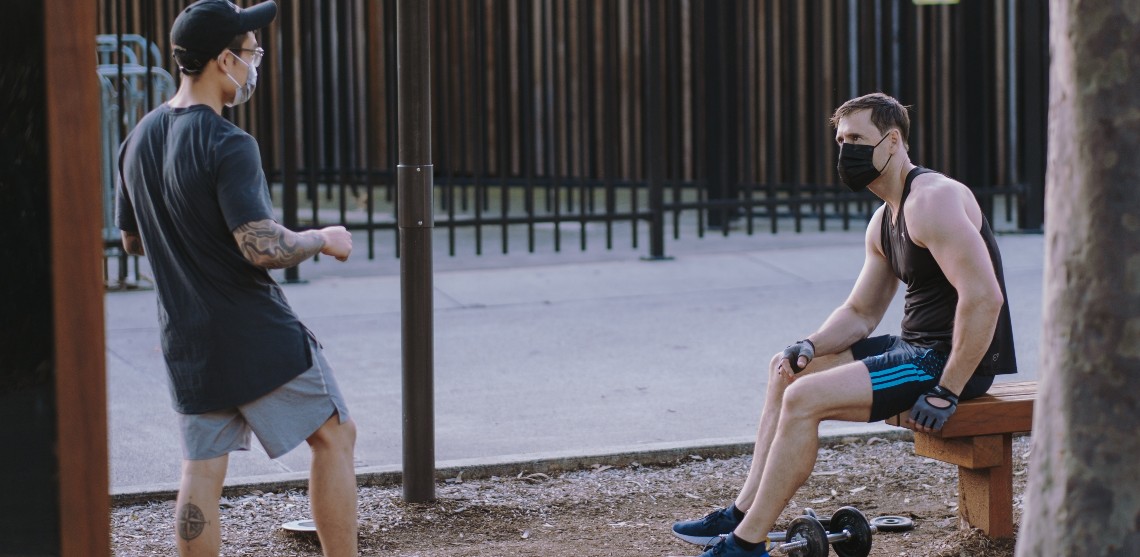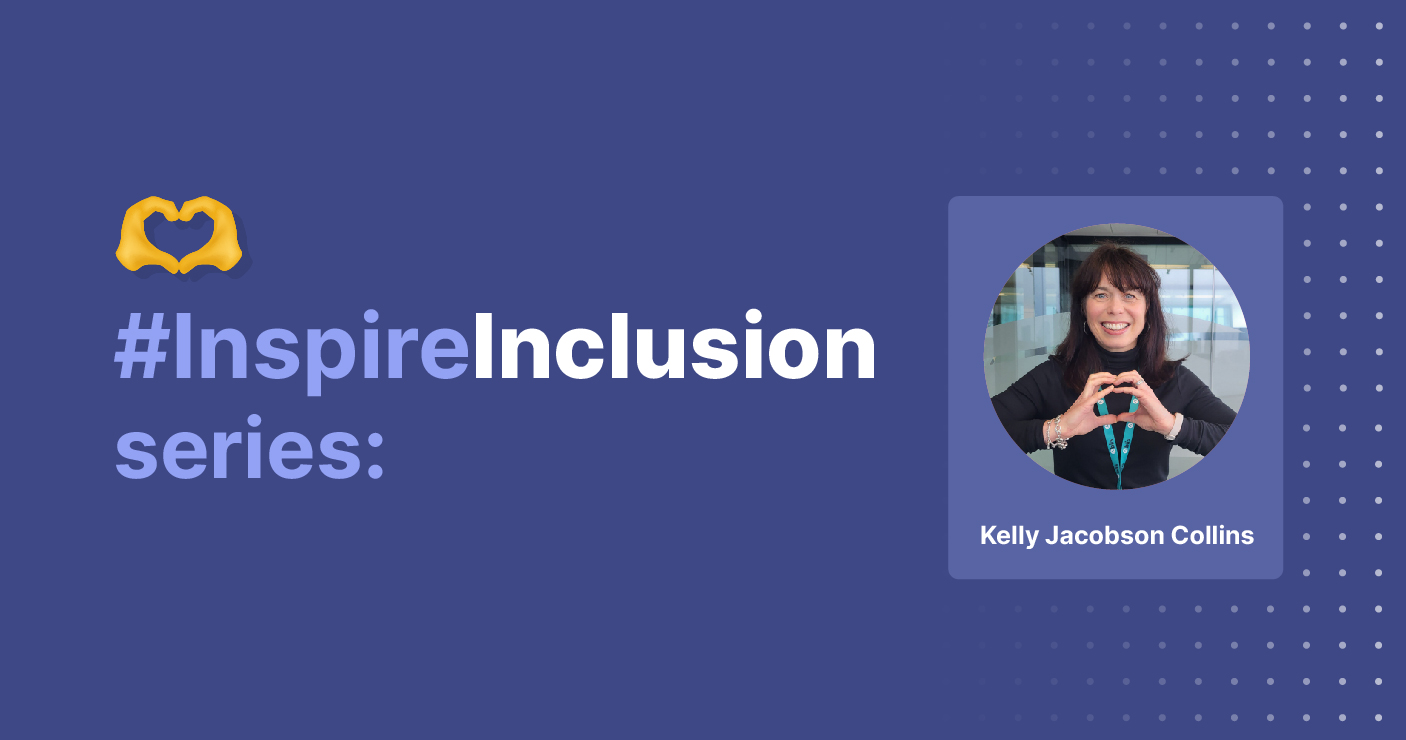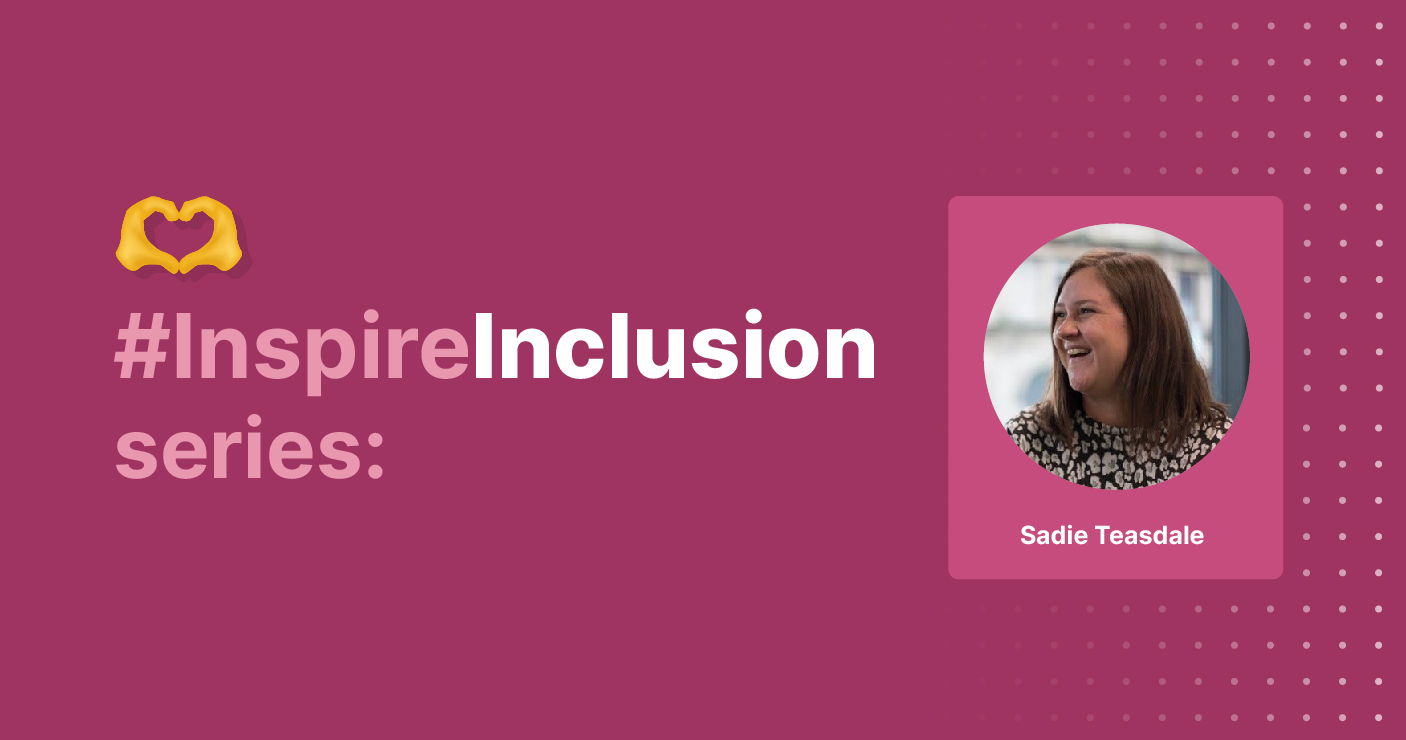Around the world people have learned to live with the changes brought about by COVID-19, after close to a year of turmoil. Differences in where consumers are in a local area, how they move about and how they interact with others can indicate how they have adapted their behaviour. But reading these patterns has never been more difficult, especially for global brands, operating across different markets at different stages on the road to recovery.
In our previous report ‘What’s normal got to do with it?’, we shared a 3 stage framework that captured Crisis, Stability and Recovery. In this latest report ‘Behaviour change is real: how brands can harness it’ we dig in deeper to these stages, exploring the nuances of the stability period with the additional phases that have emerged. Subsequent waves, spikes or outbreaks have resulted in more restrictions and the reintroduction of lockdowns. We examine how these changing circumstances have impacted daily routines and newly established behaviours and what that means for brands.
Where previously brands may have focused on global or national audiences, right now brands need to focus their efforts on localisation. At this stage of the pandemic, how people react is primarily driven by how the pandemic is impacting in their local region. There is a noticeable lack of uniformity for how certain areas are affected more than others. While we mostly look at case numbers at a national level, governments and local authorities are implementing regionalised restrictions.
We’ve seen this in Melbourne, Australia’s second largest city which has just exited its lockdown following nearly four months of strict restrictions. This contrasts with parts of the country which has seen few new cases and even fewer restrictions in place. This patchwork approach looks set to continue throughout the winter in the Northern hemisphere with spikes in new cases sweeping across Europe and North America.
Where consumers reside will more than likely remain static. But how they get around this area, whether through private or public transport is indicative of how safe they feel in the physical environment. For those who are not working from home, travelling around remains an essential part of their daily life. As outbreaks occur consumers are demonstrating agility in their previously most rigid routine, the daily commute.
The very fact that people are leaving their homes has now become a point of interest for brands. For those who are returning to offices and workspaces media consumption has resumed to relatively ‘normal’ levels. However, for those working from home this trend has been altered dramatically. This shift means even greater changes to media plans for brands and a more granular approach when targeting audiences.
Amidst all of this upheaval, people are experiencing COVID-fatigue. The ongoing uncertainty about the pandemic is compounded by economic recession, high unemployment rates, potential job cuts across industries and political manoeuvring. Many are looking to re-balance their risk appetite and find some semblance of normality. The early embracers are the group most likely to take risks, which previously wouldn’t have been considered risky behaviour; dining at a restaurant, sitting at a bar with friends, going to the gym.
Humans are resilient, adapting and changing behaviour to meet the needs of themselves and their families. But right now they’re out of their comfort zone and concerned for a future that they can’t plan for themselves. Brands that understand how consumer behaviour has changed and the reasons why and harness it in their strategies, will be well positioned to survive and thrive this upcoming holiday season.
Read the full report here.




